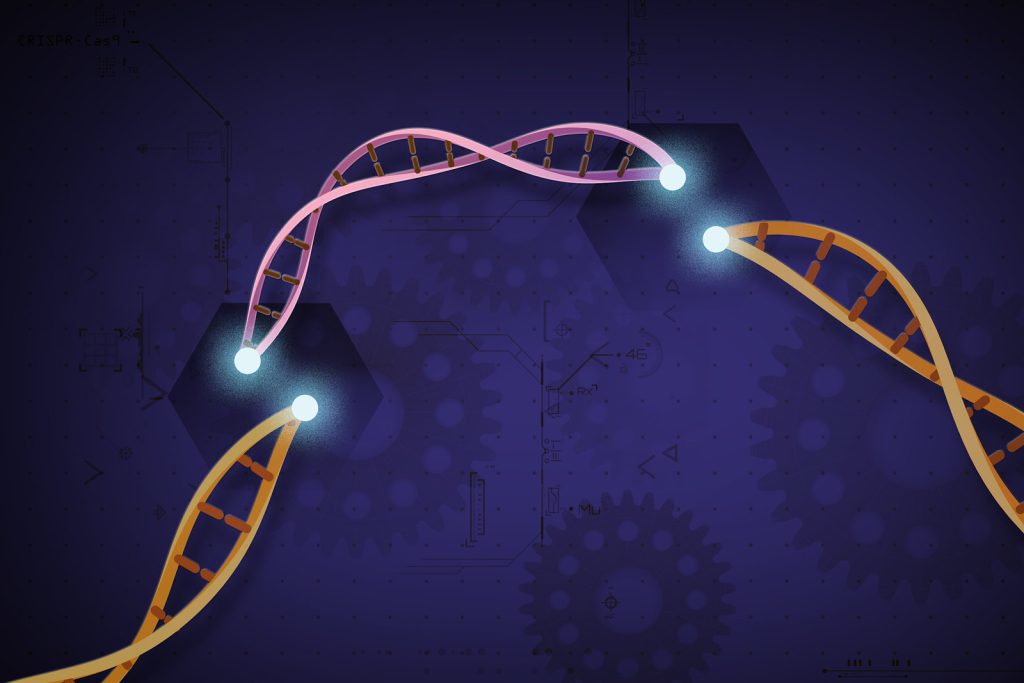
German and US scientists have discovered a CRISPR system in cells that shuts them down entirely to protect against viral replication, instead of merely chopping out foreign DNA that it comes across. It does this by shredding any DNA or RNA it comes across, causing the cell to become senescent and not become a virus factory. The newly identified CRISPR system is described in two papers published in Nature.
“With this new system, known as Cas12a2, we’re seeing a structure and function unlike anything that’s been observed in CRISPR systems to date,” says Jackson, assistant professor in Utah State’s Department of Chemistry and Biochemistry.
CRISPR, (Clustered Regularly Interspaced Short Palindromic Repeats) has taken science by storm with its gene-editing potential. Study of CRISPR DNA sequences and CRISPR-associated (Cas) proteins, which are actually bacterial immune systems, is still a young field.
Identified as a distinct immune system within the last five years, the Class 2, type V Cas12a2 is somewhat similar to the better-known ‘molecular scissors’ of CRISPR-Cas9, which binds to target DNA and cuts it, effectively shutting off a targeted gene. But CRISPR-Cas12a2 binds a different target than Cas9, and that binding has a very different effect.
Using cryo-electron microscopy, the team captured the CRISPR-Cas12a2 in a naturally occurring defensive strategy called abortive infection, a natural resistance strategy used by bacteria and archaea to limit the spread of viruses and other pathogens by preventing replication in the cell.
The team observed Cas12a2 in the act of cutting double-stranded DNA, bending it 90° to expose the backbone of the helix to cut it, a phenomenon that a phenomenon that elicits audible gasps from fellow scientists,” Jackson says.
Since the difference between a healthy cell and a malignant cell or infected cell is genetic, if Cas12a2 could be harnessed, “the potential therapeutic applications are significant.”
“If Cas12a2 could be harnessed to identify, target and destroy cells at the genetic level, the potential therapeutic applications are significant,” he says.
Source: Utah State University

